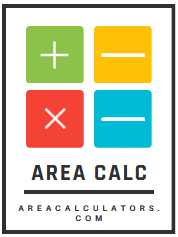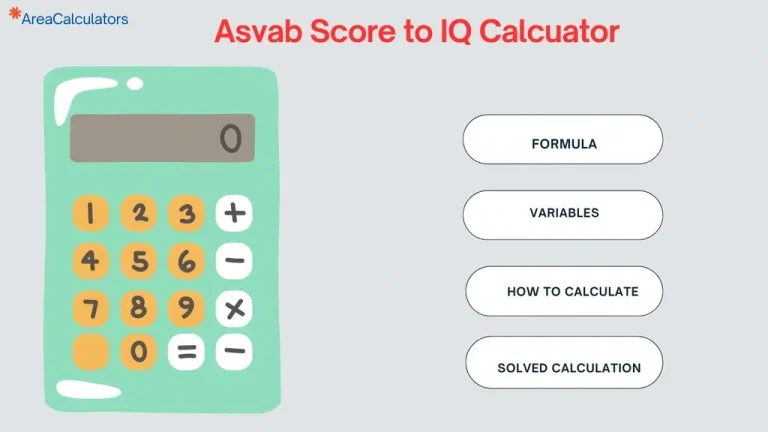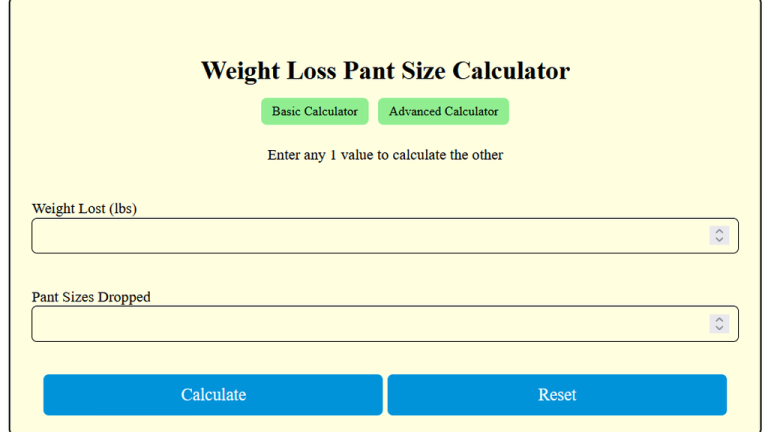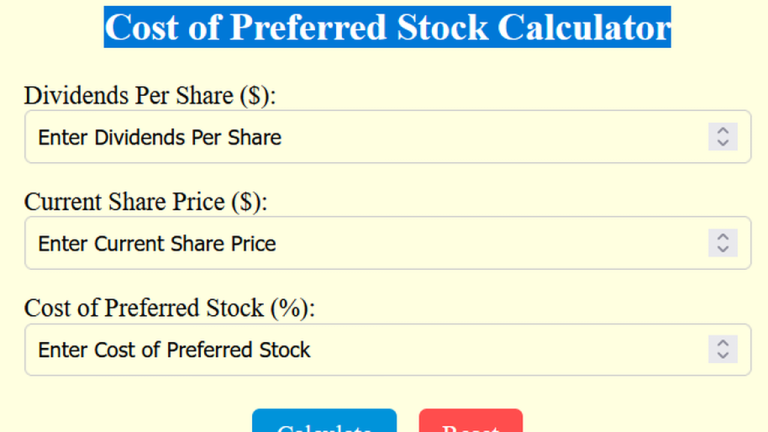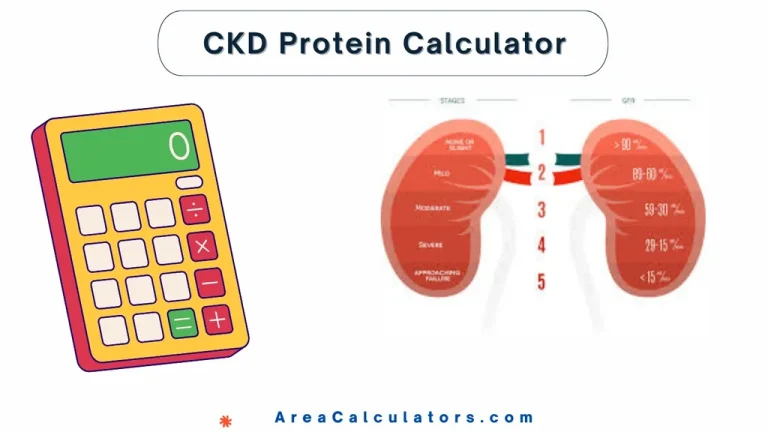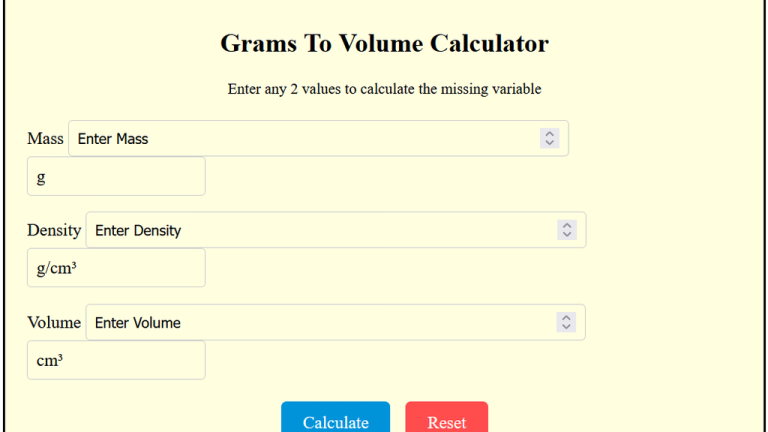Vibrating Screen Capacity Calculator
To estimate the Vibrating Screen Capacity (VSC), multiply the deck area by the width, vibration rate, and capacity factor. This calculation helps determine the screening performance for efficient material separation.
The Vibrating Screen Capacity Calculator is an essential tool for engineers and plant operators. It helps in determining the capacity of vibrating screens based on screen dimensions, vibration settings, and capacity factors. Whether in mining, aggregate processing, or material separation, this tool ensures optimized performance, cost efficiency, and effective material handling.
Formula
VSC = D ∗ W ∗ V ∗ C
| Variable | Description | Unit |
|---|---|---|
| VSC | Vibrating Screen Capacity | Tons/Hour |
| D | Deck Area of Screen | Square Feet |
| W | Width of Screen | Feet |
| V | Vibration Rate | Hertz |
| C | Capacity Factor | Dimensionless |
Solved Calculations
Example 1: Calculate the capacity of a vibrating screen with a deck area of 100 square feet, width of 5 feet, vibration rate of 20 Hz, and a capacity factor of 0.75.
| Step | Calculation | Result |
|---|---|---|
| Deck Area (D) | 100 sq ft | |
| Screen Width (W) | 5 ft | |
| Vibration Rate (V) | 20 Hz | |
| Capacity Factor (C) | 0.75 | |
| Calculate Vibrating Screen Capacity | 7,500 tons/hour |
Example 2: Determine the capacity of a screen with a 200 sq ft deck area, 4 ft width, 15 Hz vibration rate, and a capacity factor of 0.85.
| Step | Calculation | Result |
|---|---|---|
| Deck Area (D) | 200 sq ft | |
| Screen Width (W) | 4 ft | |
| Vibration Rate (V) | 15 Hz | |
| Capacity Factor (C) | 0.85 | |
| Calculate Vibrating Screen Capacity | 10,200 tons/hour |
